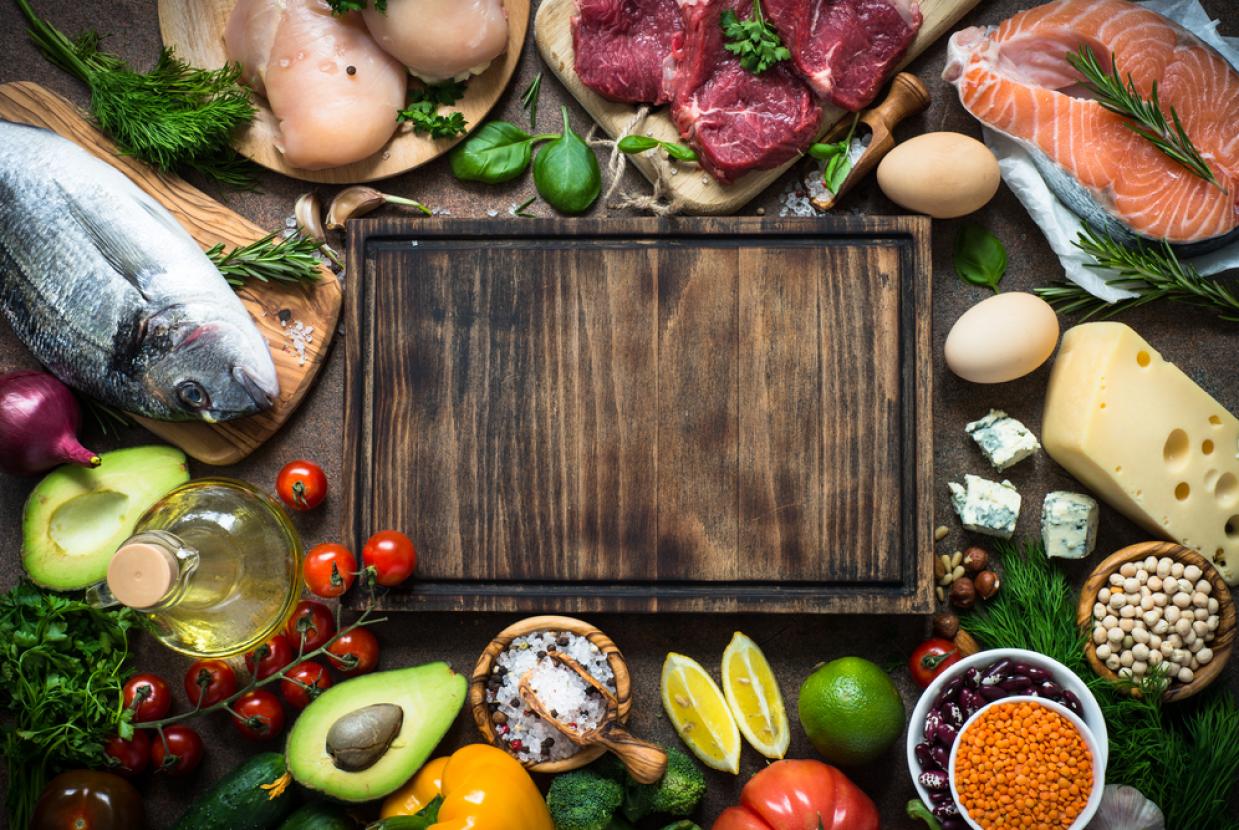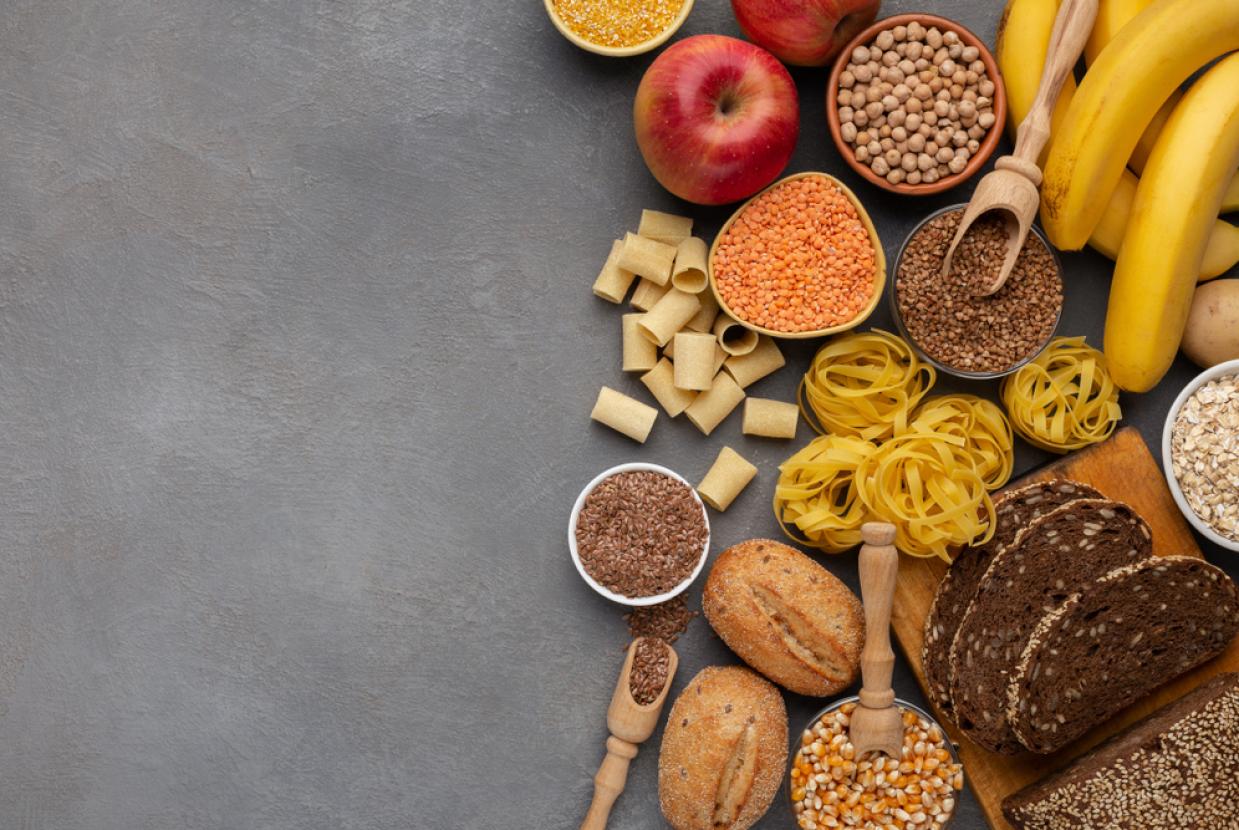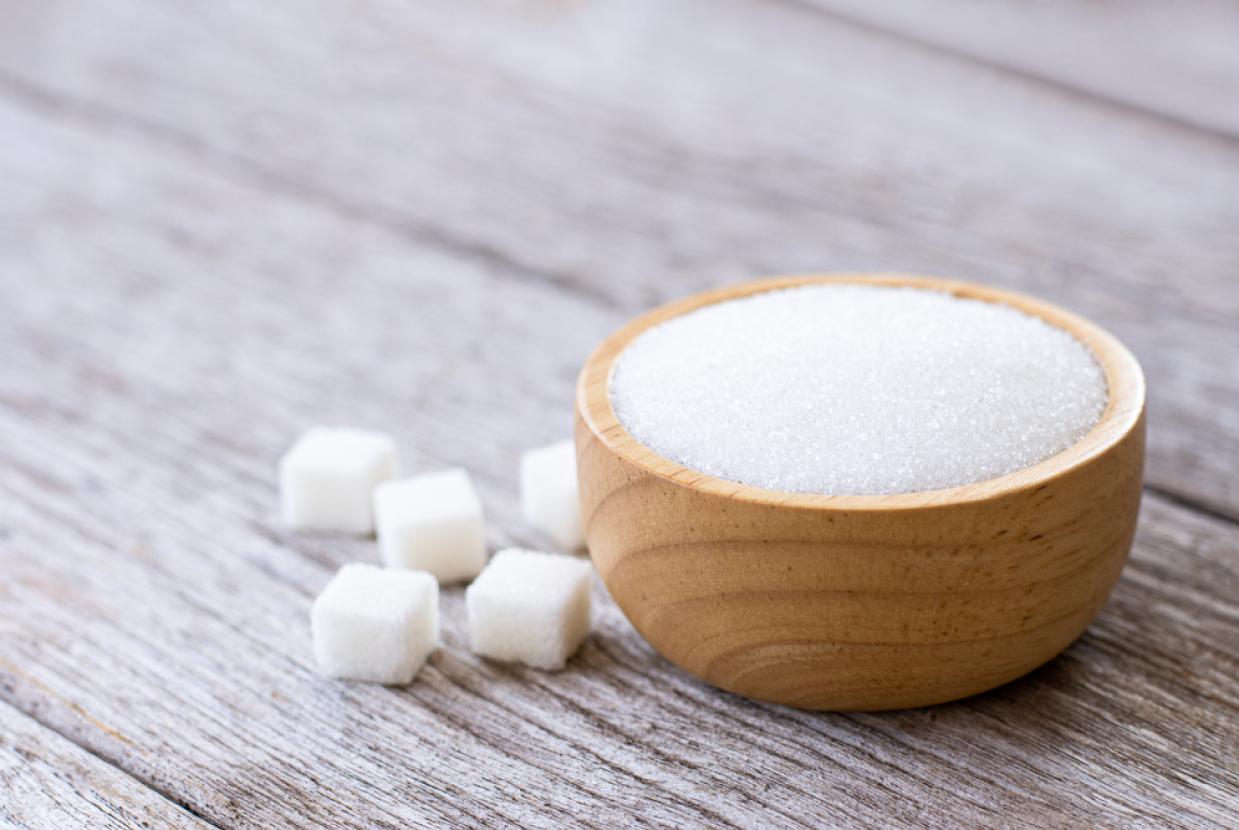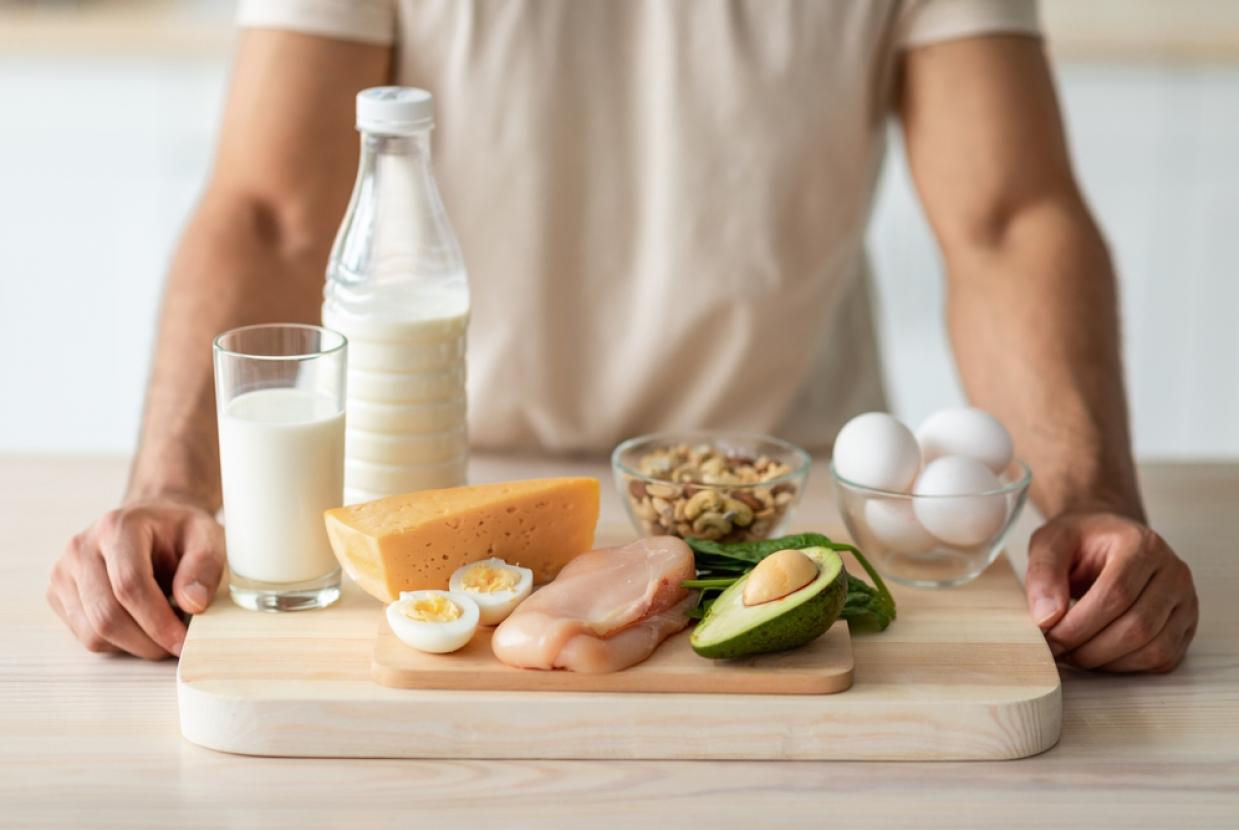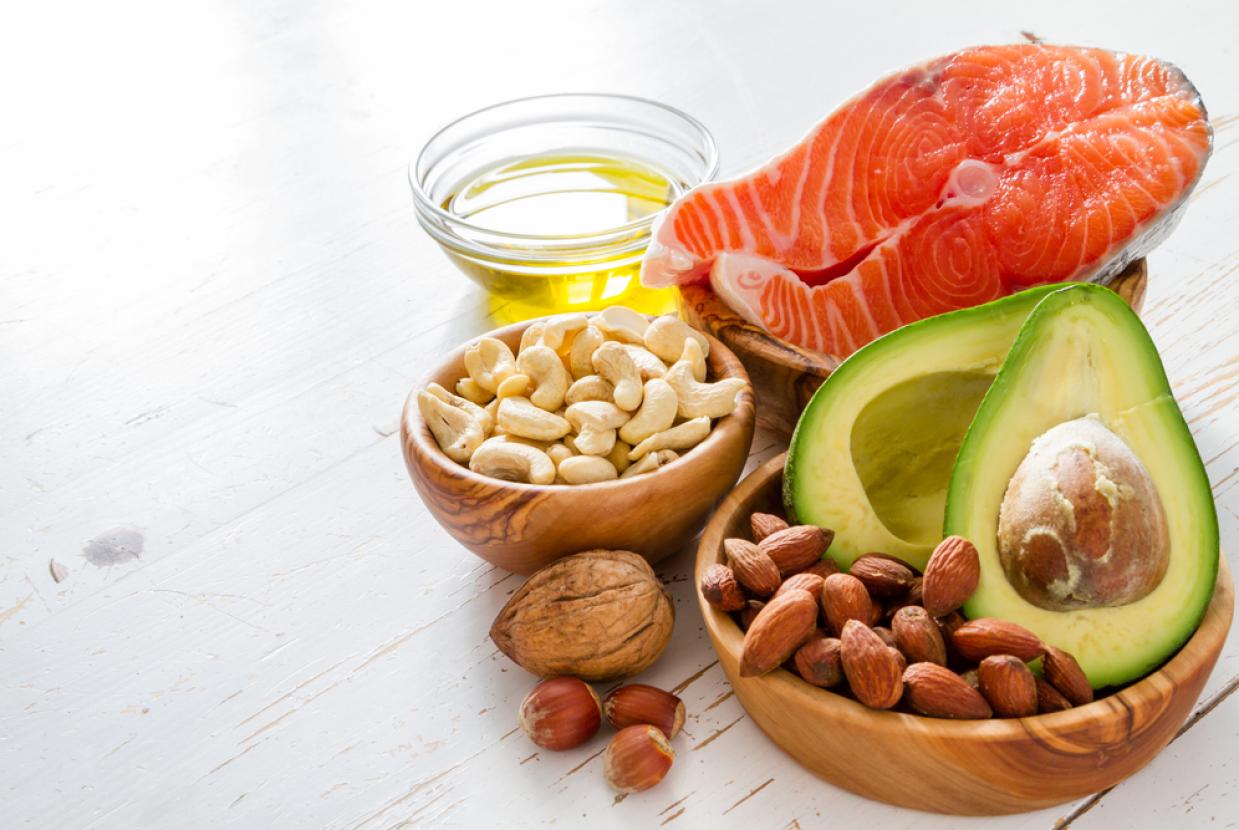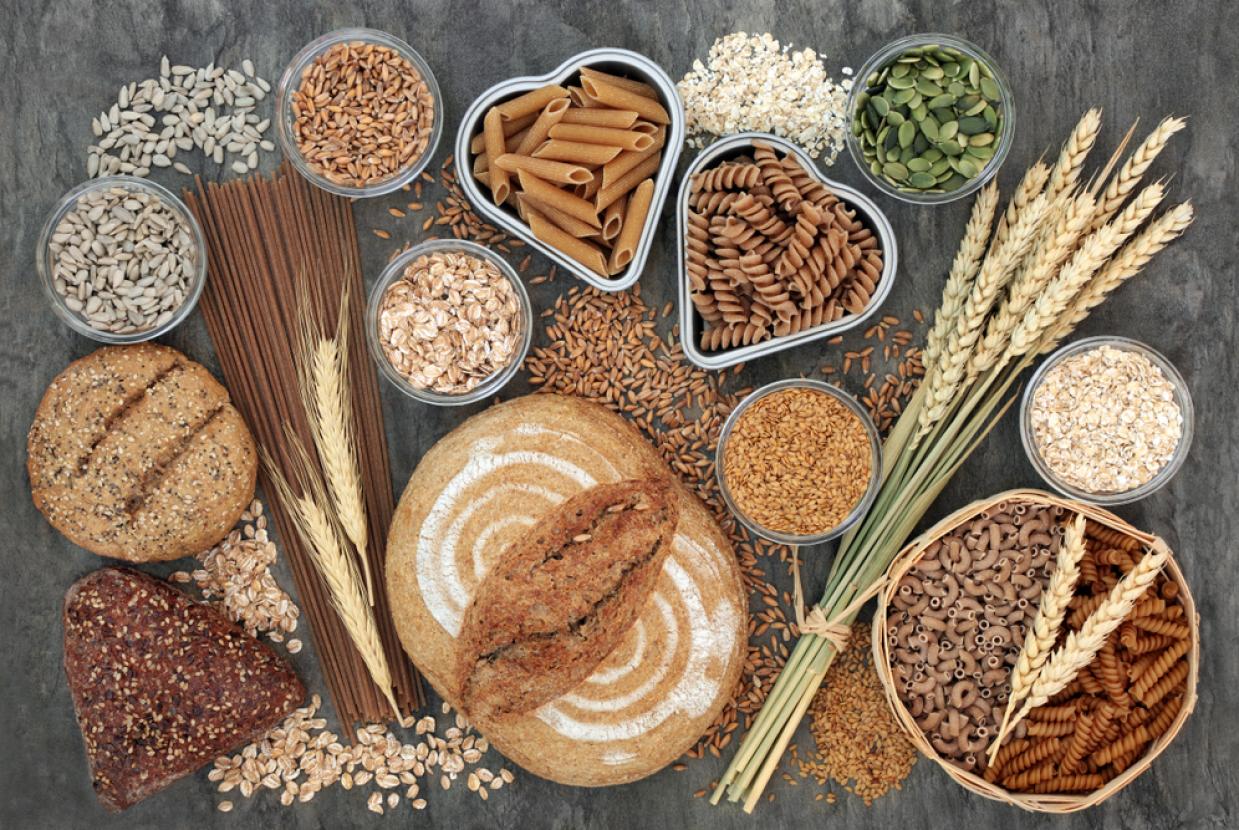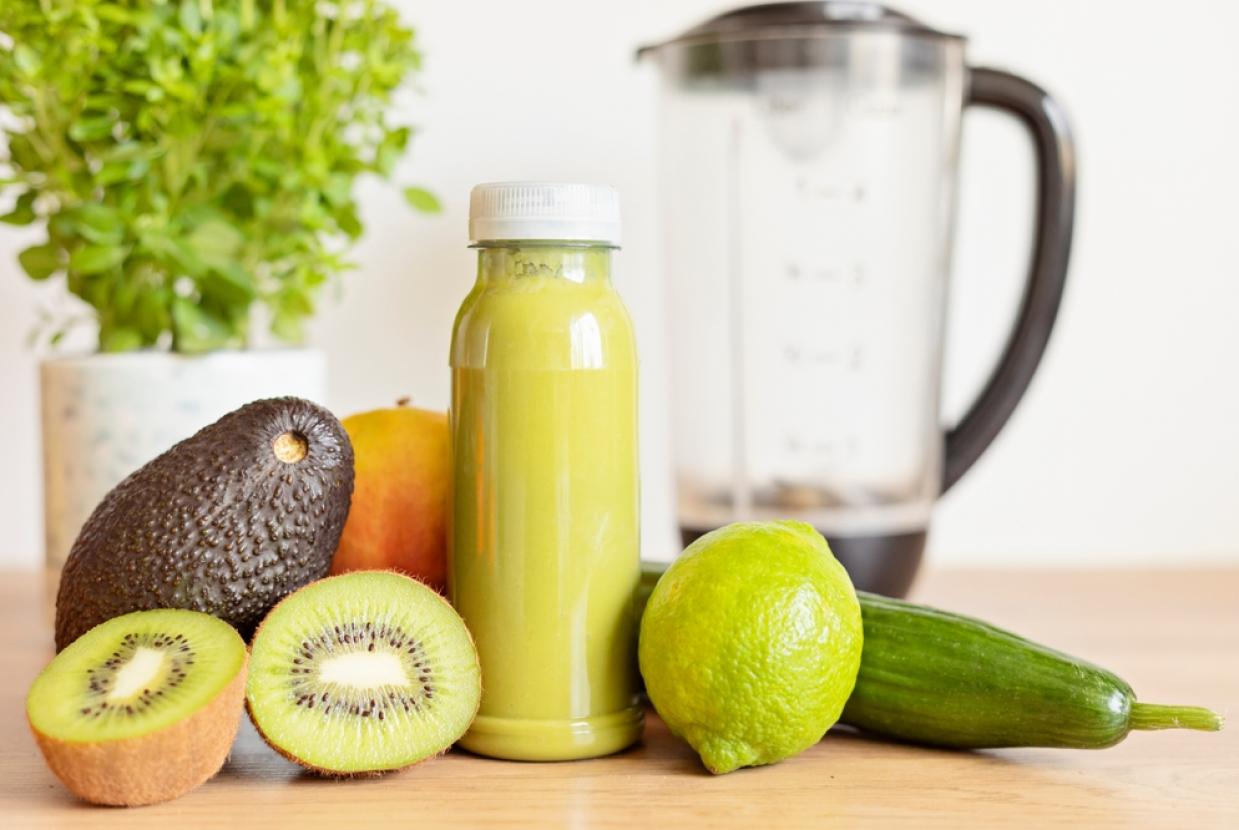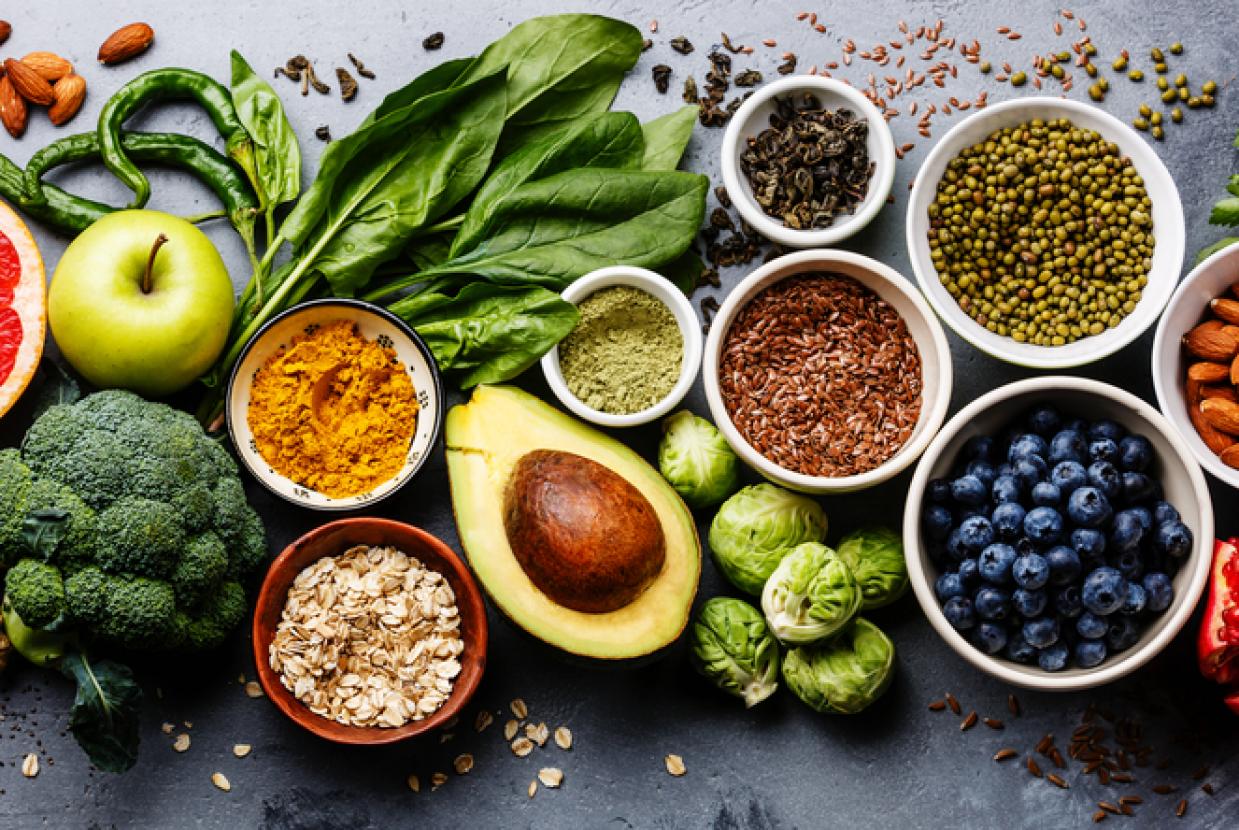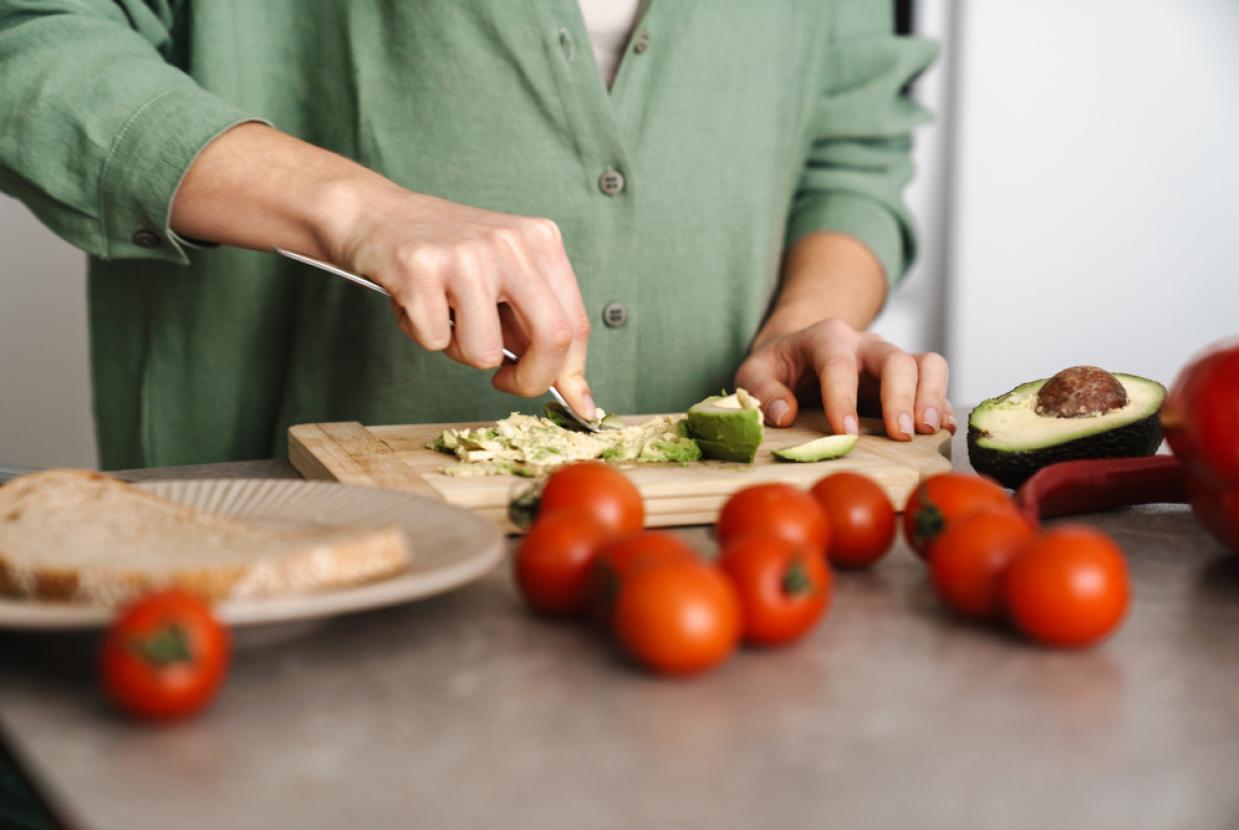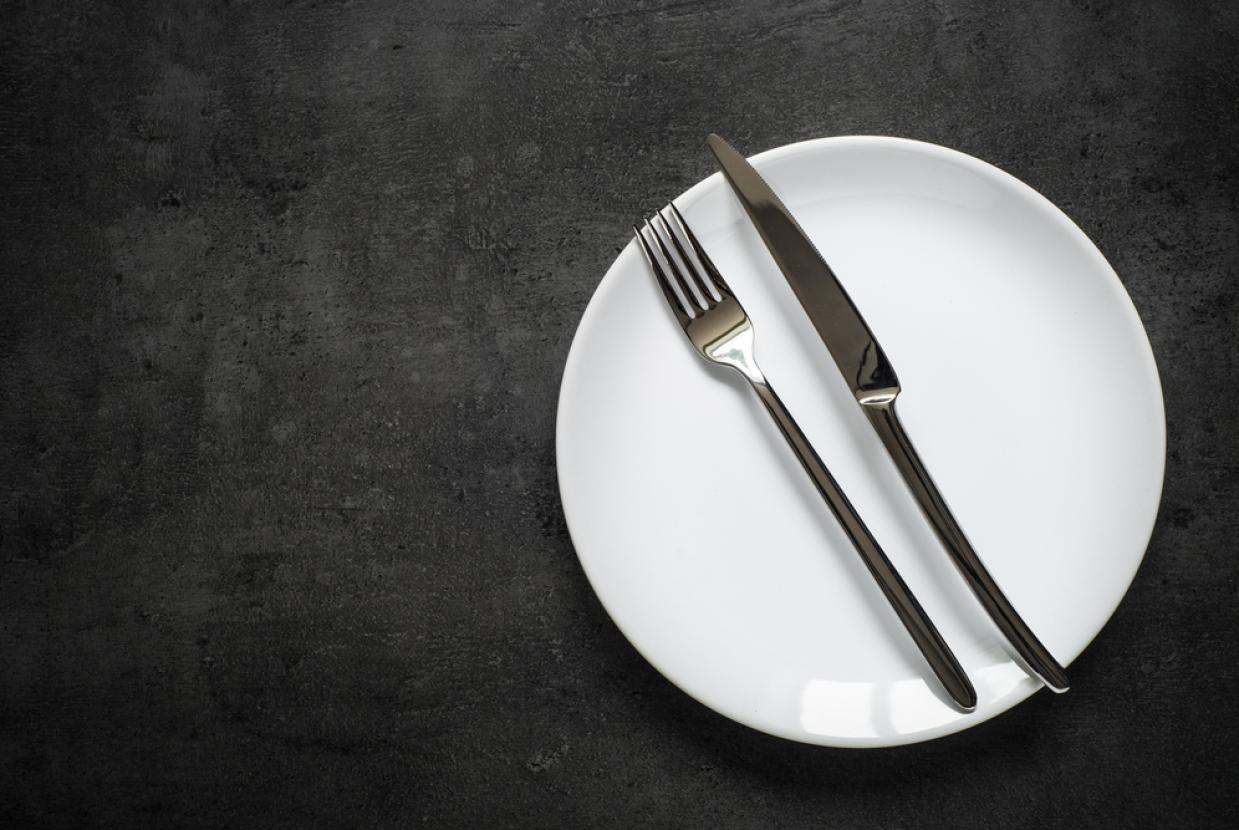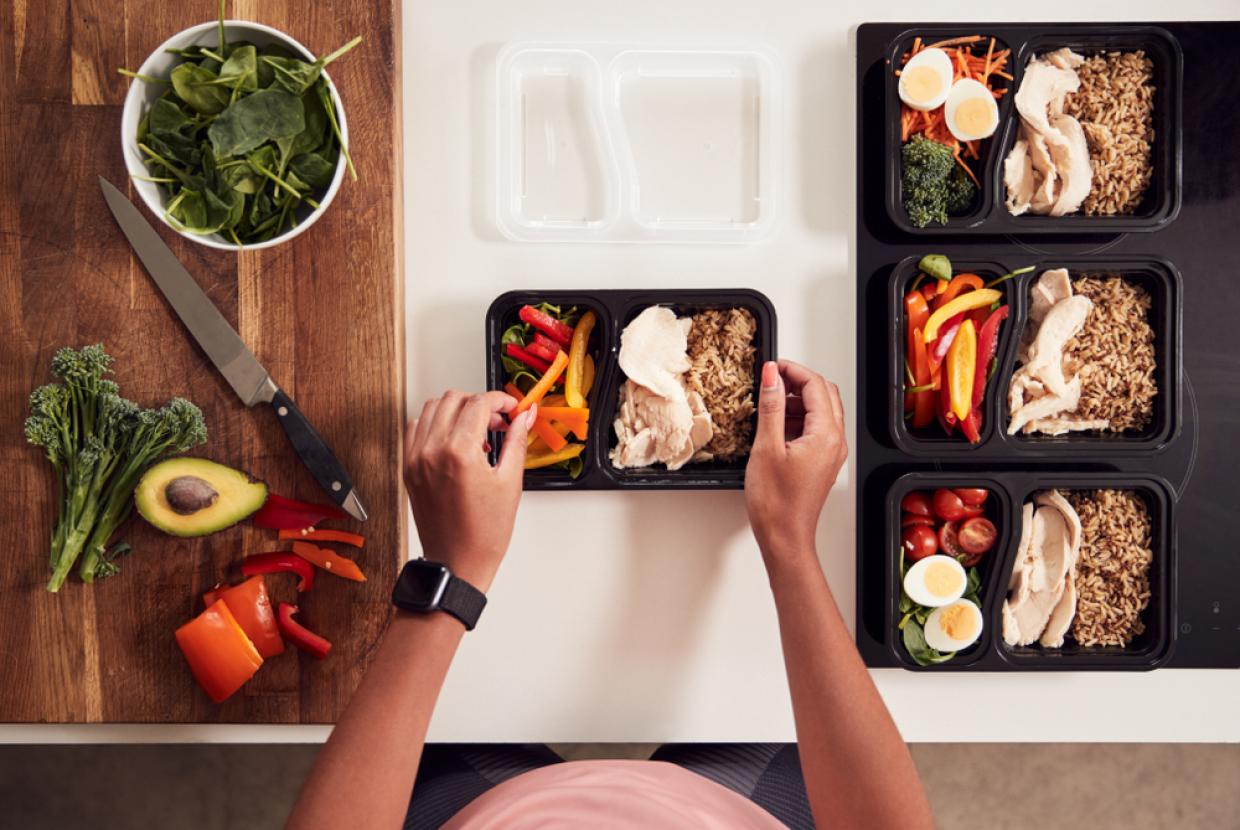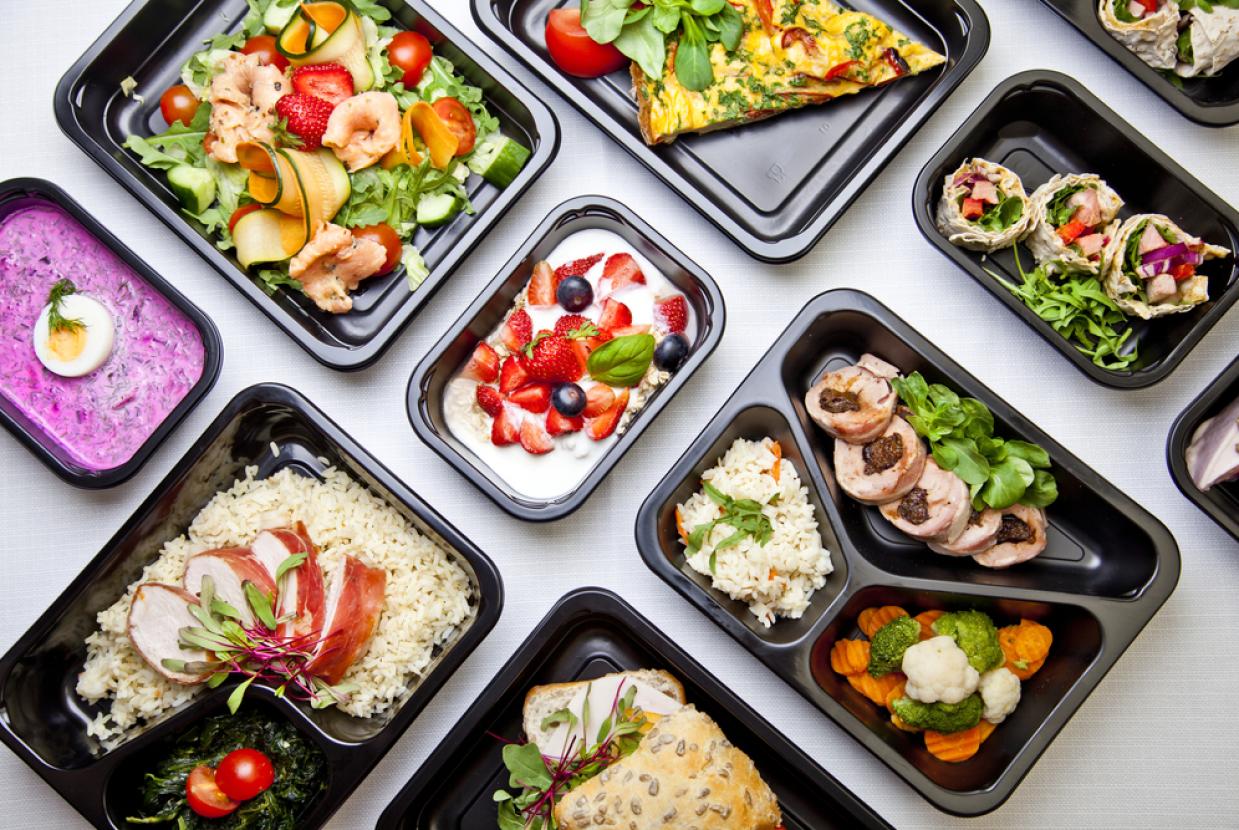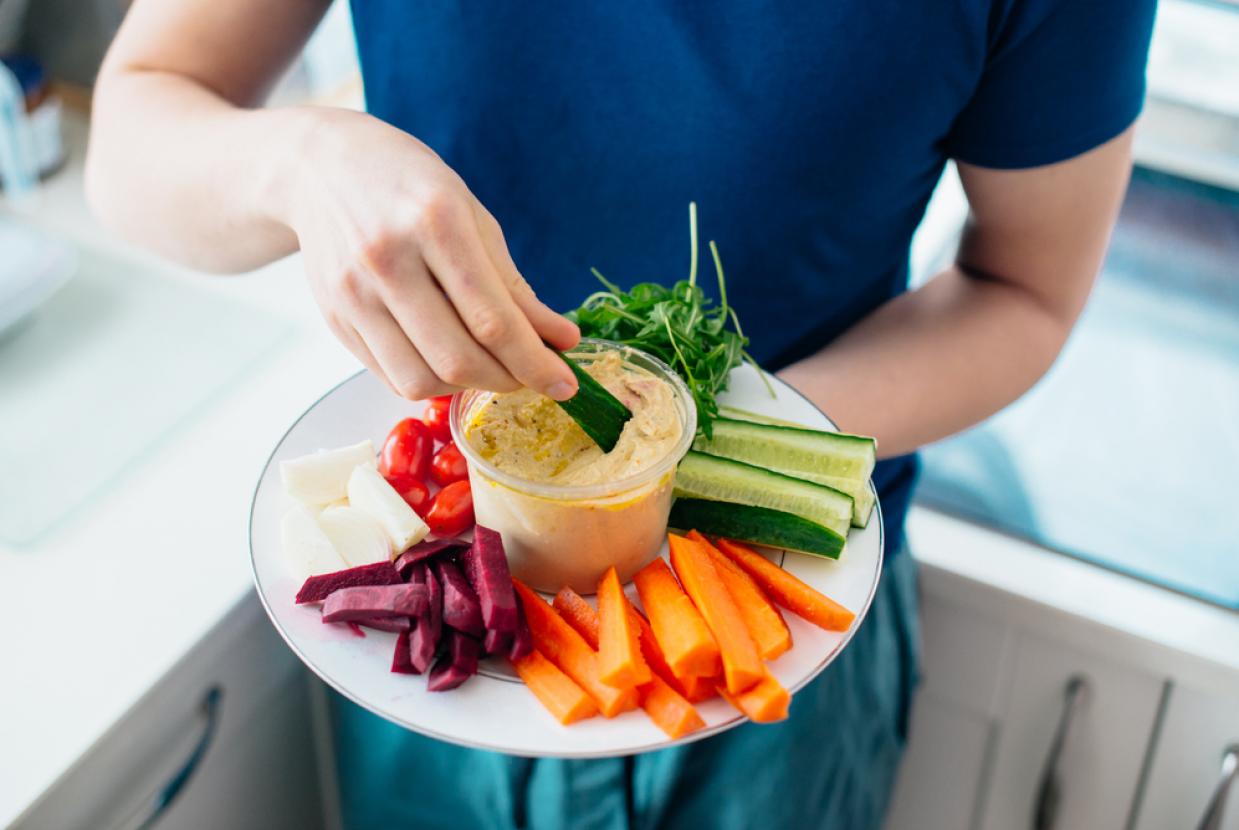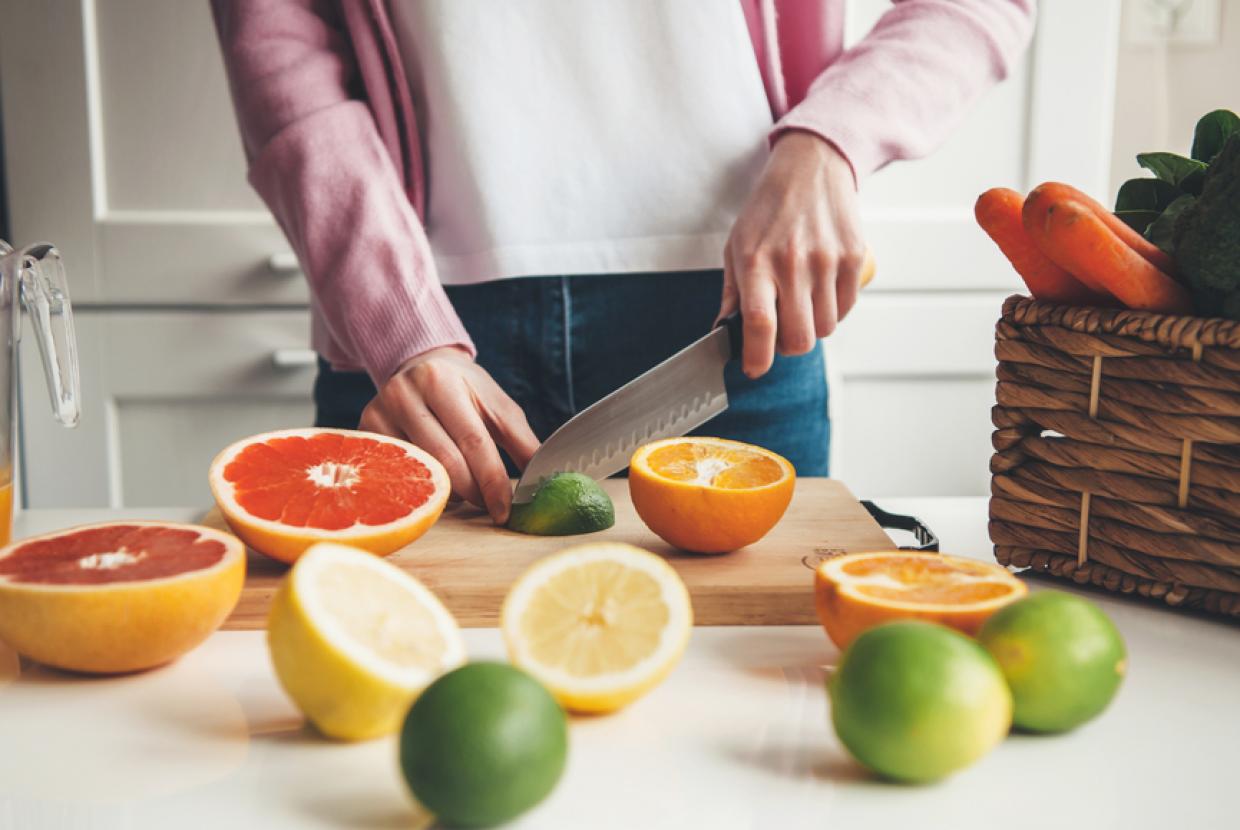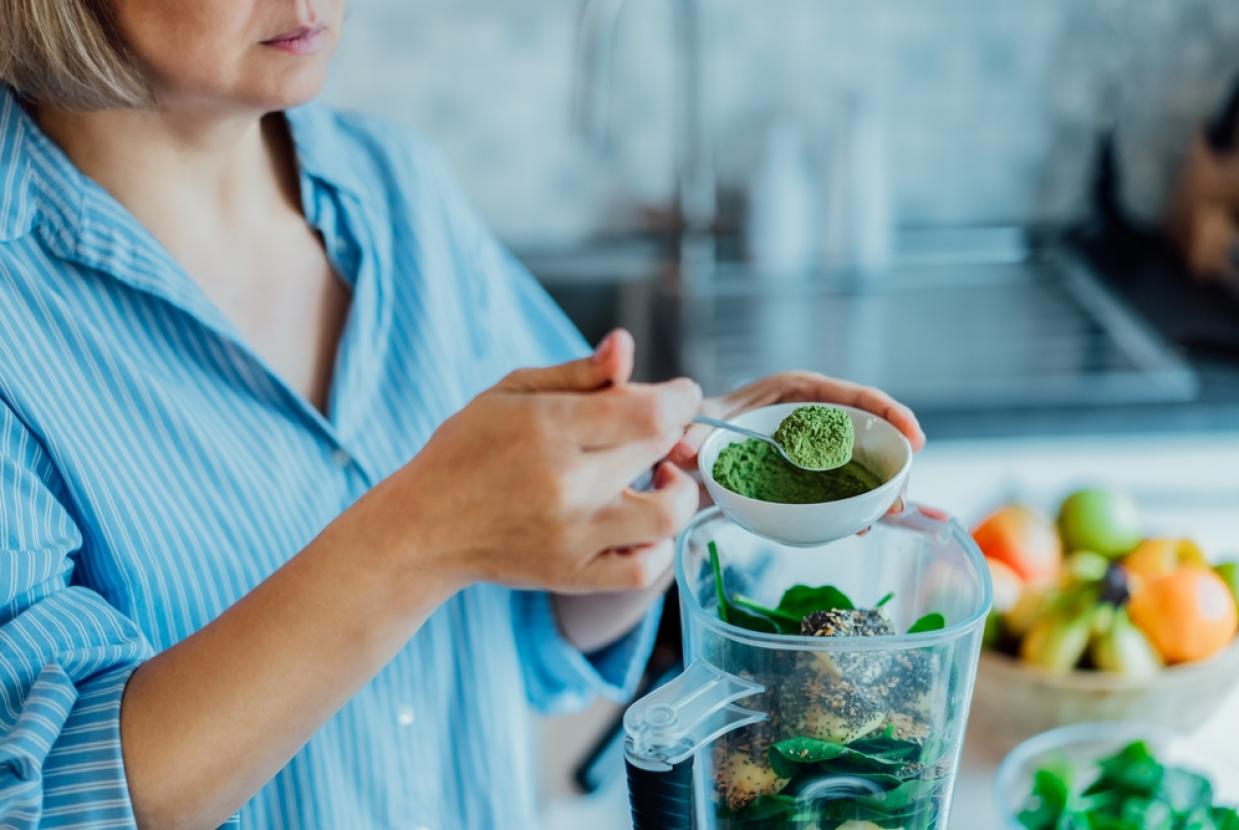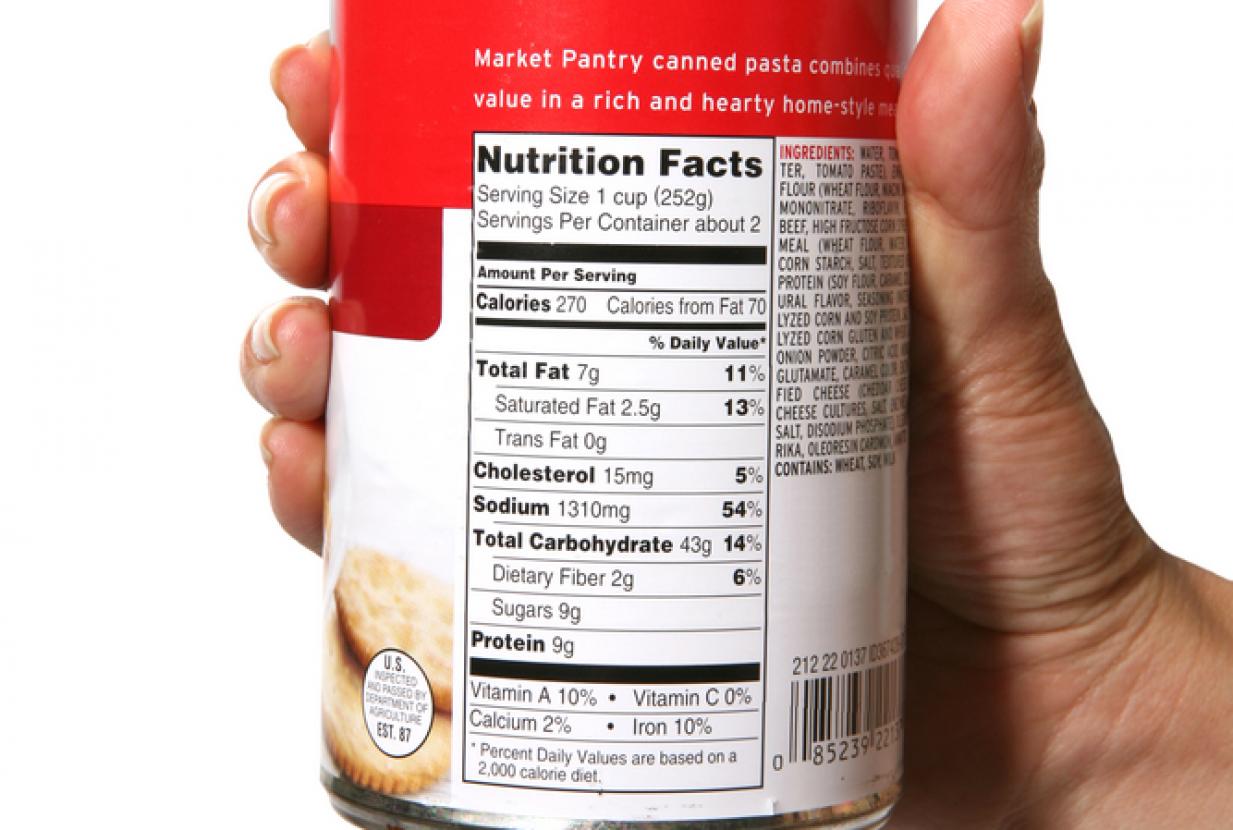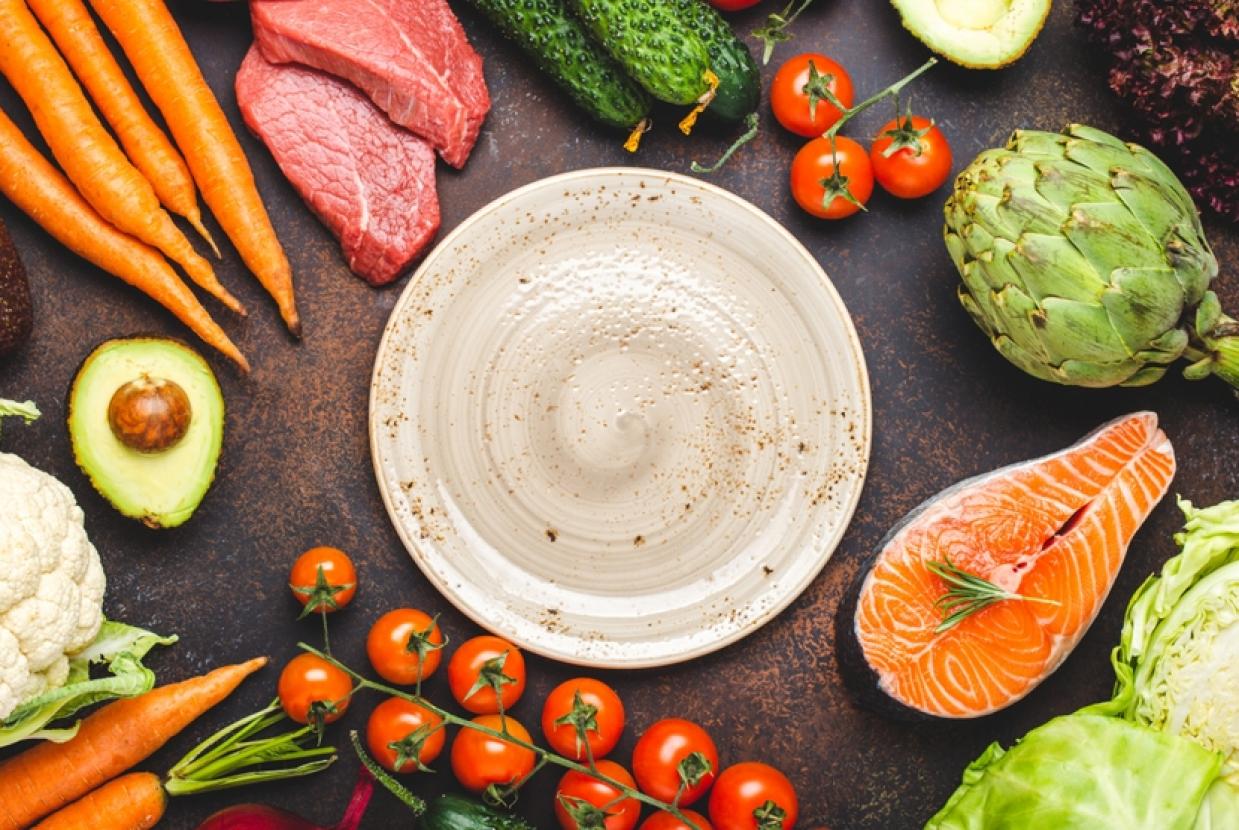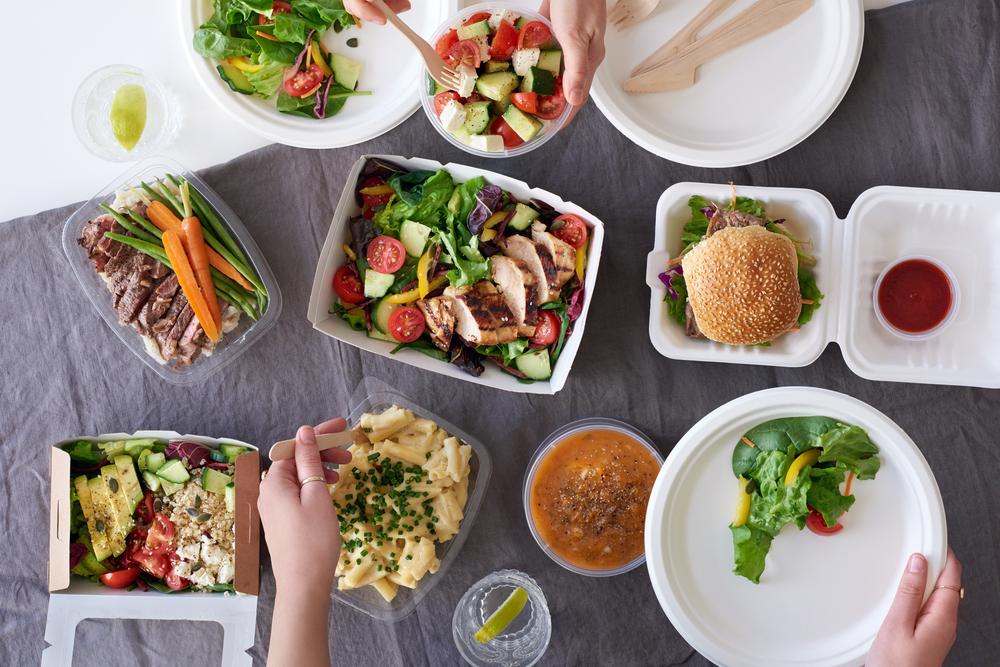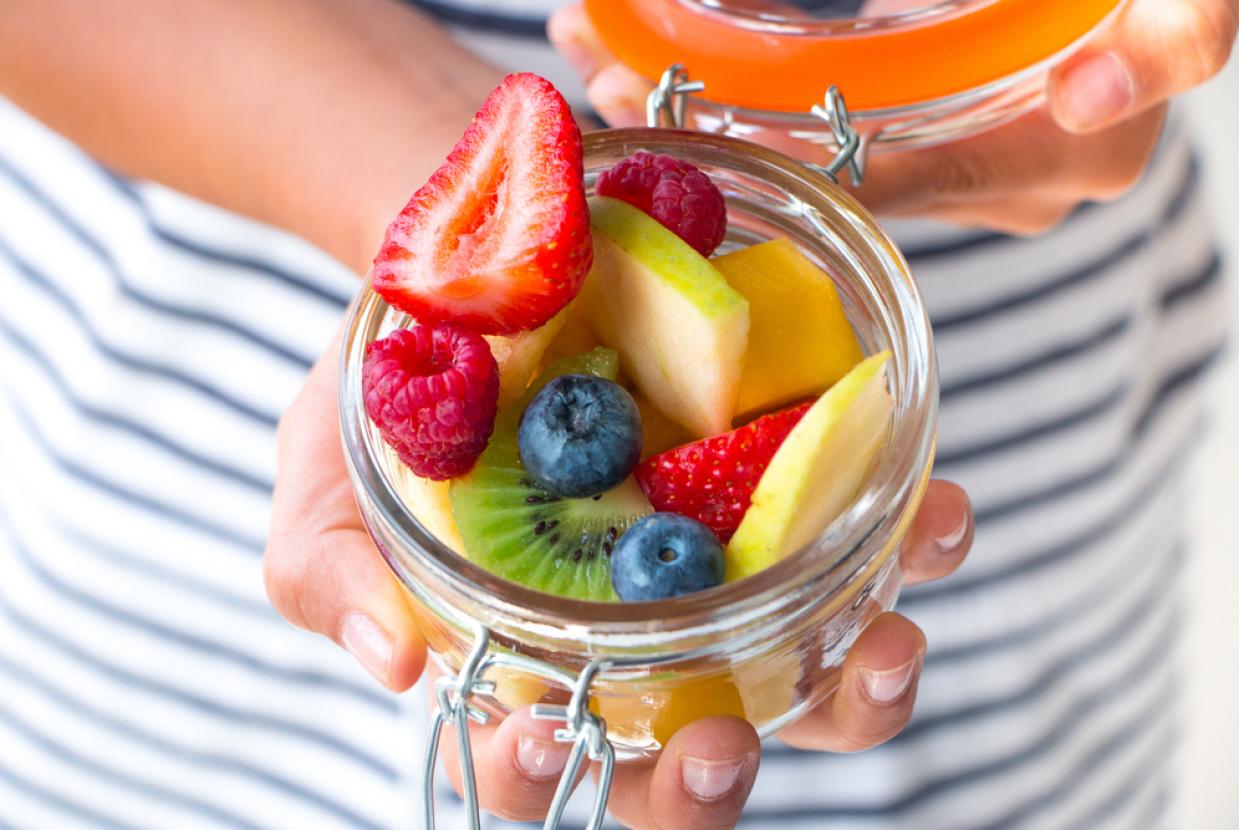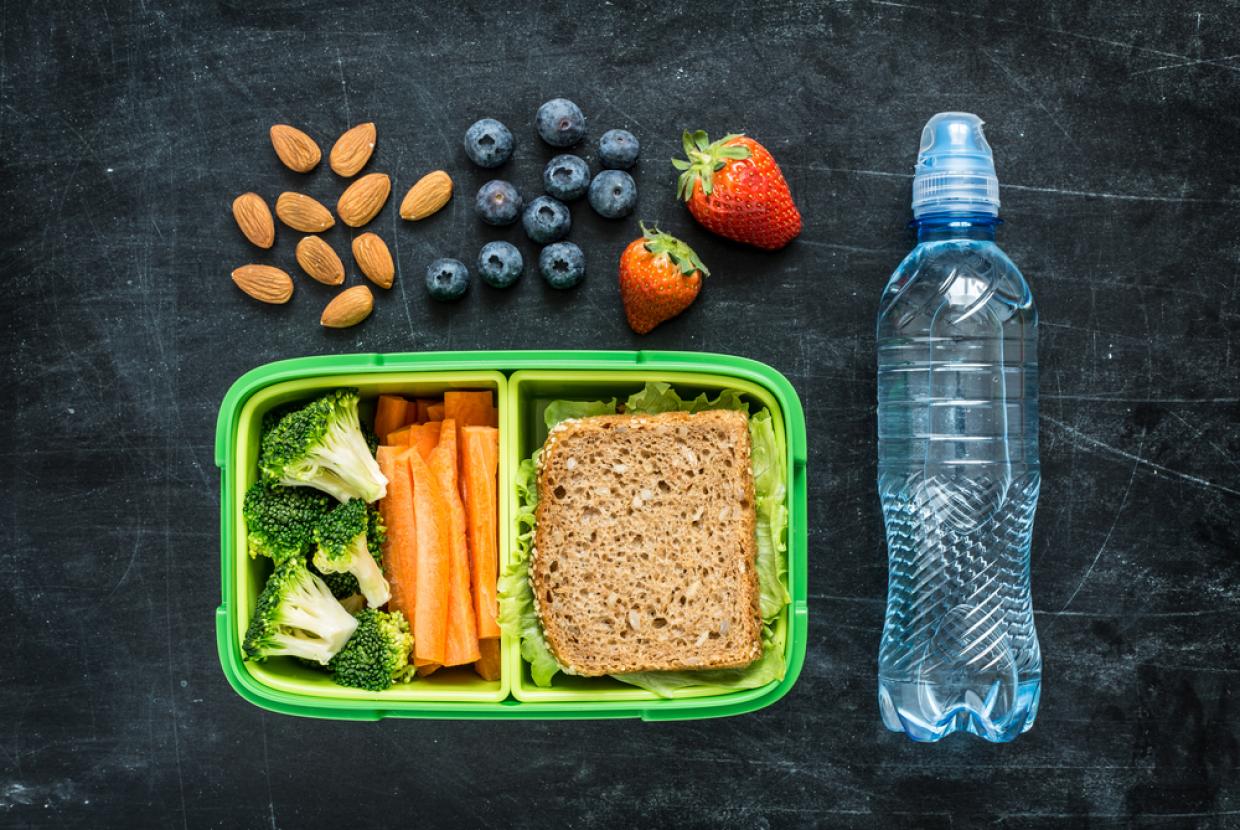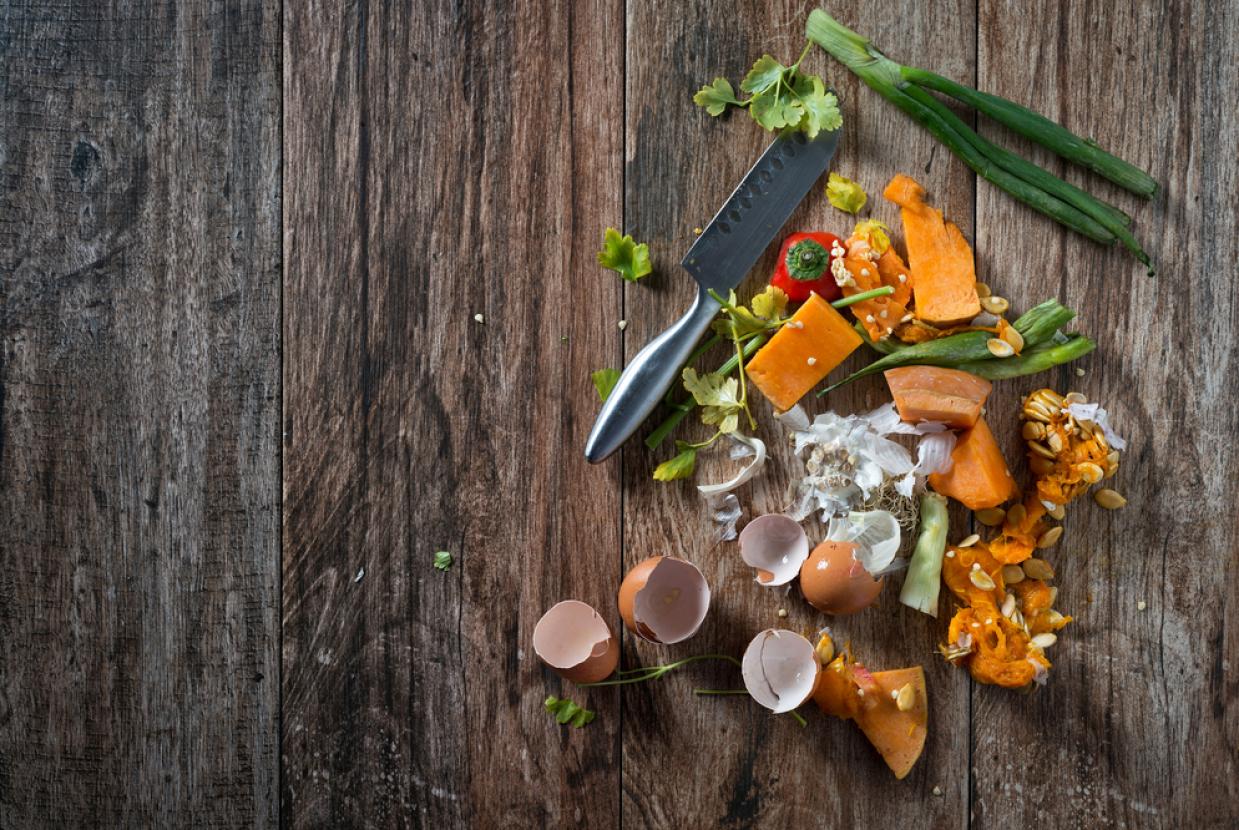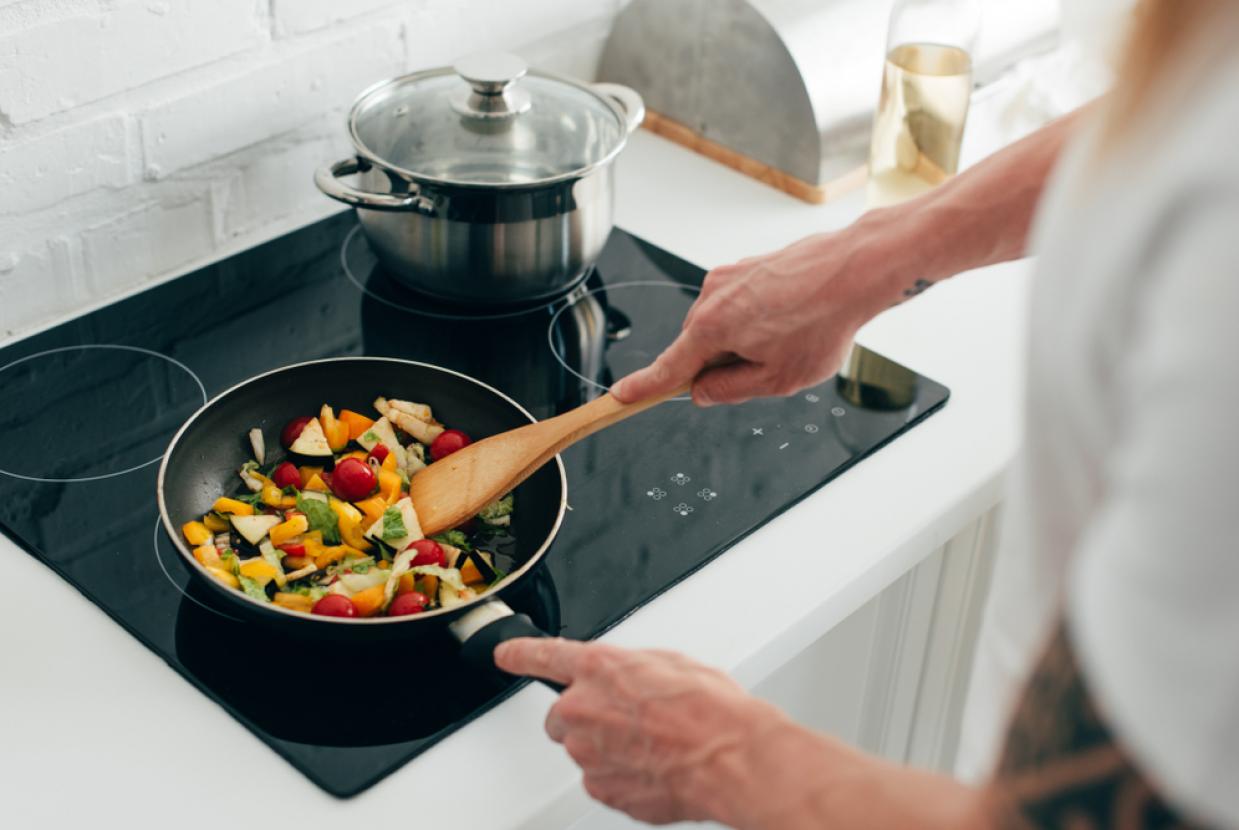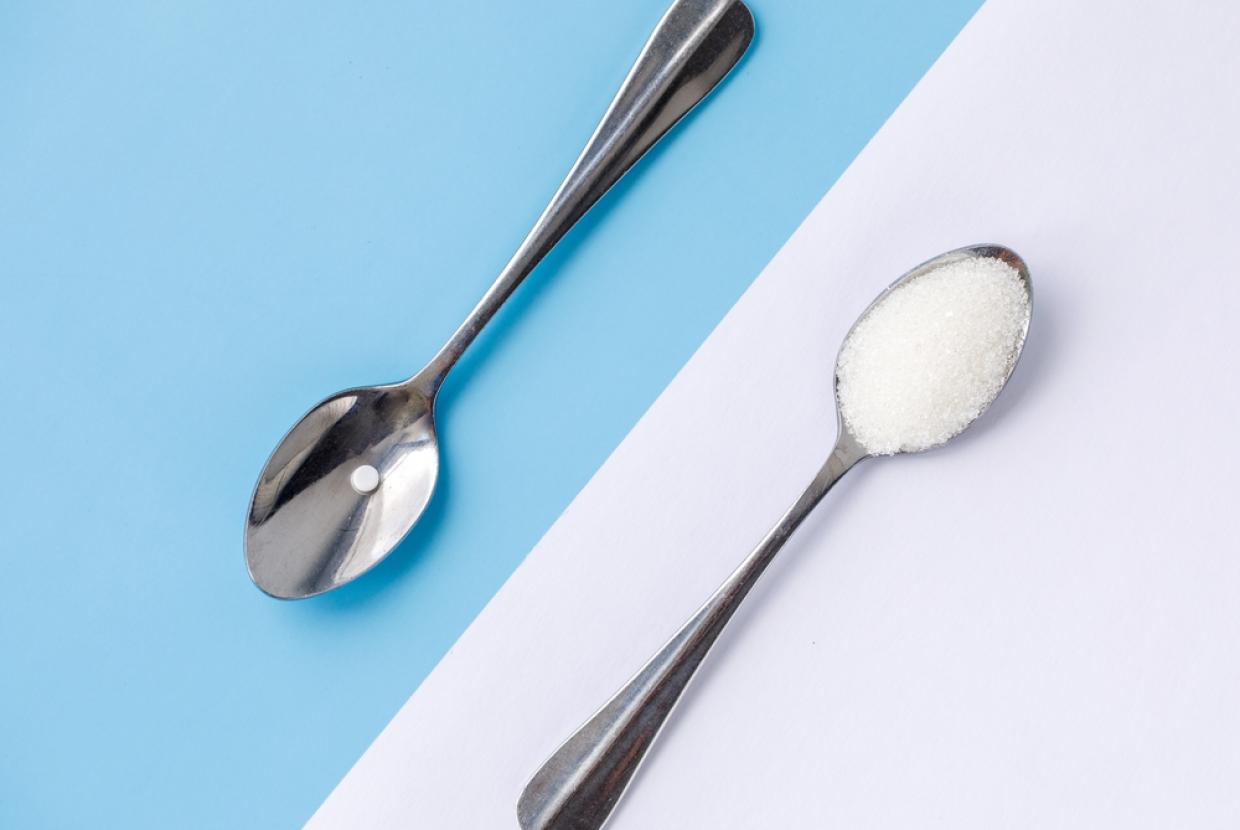Make Your Dishes Healthier
Safefood
Do you want to cook healthier versions of your favourite recipes without losing the taste?
Here are a few tips that will help you adapt your favourite recipes to reduce fat, sugar, salt, calories and increase fibre without changing your normal diet radically.
1. Cut down on fats
- If frying, use a good non-stick pan and dry fry if you can – minced meat dry fries very well. Otherwise, just use a little cooking spray.
- If your food is drying out, don’t add more oil, add a little water.
- Use fats and oils that are high in good fats (poly- and mono-unsaturated fats), such as olive oil and try using less than the recipe suggests.
2. Cut down on salt
- Most recipes say that you need to add salt. Try replacing salt with alternative seasonings such as pepper, herbs, spices, lemon juice, vinegar or mustard.
- Allow people to season their own food after tasting it - they are likely to add less.
3. Cut down on sugar
- Experiment by using less sugar when you bake – most cakes will work even if you halve the amount of sugar in the recipe.
- Fruit cakes, fruit scones and tea breads can be made without adding sugar as the dried fruit will provide sweetness.
4. Increase fibre
- Use brown alternatives of rice, pasta and bread to increase the fibre content of recipes. This will help you feel fuller for longer
- Instead of using all plain white flour in recipes, use a mix of wholemeal and plain flour when baking, e.g. when making apple crumble. You can also add porridge oats to make the top crunchy and add more fibre
- Use mashed potatoes instead of pastry on top of pies
5. Soups and stews
- Allow your broth, stew or soup to cool and skim off the fat that gathers on top of the liquid.
- Replacing some of the traditional fatty meats in stews with pulses like peas, beans and lentils can save calories and fat, as well as adding fibre.
6. Sauces and dips
- Replace cream, whole milk and sour cream with semi-skimmed and skimmed milk, or low-fat yoghurt.
- Low-fat yoghurt and fromage frais can be used on hot or cold puddings and in dips instead of cream, double cream or Greek yoghurt.
- Fromage frais is fresh, skimmed cow’s milk cheese but is more like natural yoghurt. It is not suitable for use in cooking.
7. Cheese
- Use strongly flavoured cheeses like mature cheddar or blue cheese in savoury dishes. You can use less and still get all the flavour.
- If you don’t like the strong taste of such cheeses simply use low-fat alternatives of your favourites.
- Grate cheese instead of slicing as it will spread across a dish more easily and you can use less.
- Replace cream cheese with low-fat cream cheese.
8. Mayonnaise
- Replace mayonnaise in salads with natural yoghurt or low-fat fromage frais.
- Better still, try using vinaigrette dressings and serving them on the side.
- When making sandwiches, choose mayonnaise or butter, not both.
9. Vegetables
- Flavour cooked vegetables with herbs instead of butter or oil.
- Replace some meat in dishes such as shepherd’s pie, casseroles and lasagne, with vegetables and pulses (peas, beans and lentils). It is a great way to disguise vegetables for those fussy eaters.
10. Meat
- Trim the fat from meat and remove the skin from poultry before cooking.
- Then bake, grill, microwave, roast or poach instead of frying it.
- When roasting, place the meat on a grill rack – this allows the fat to drip away.
- If you are cooking minced meat, brown it and drain away the fat before adding other ingredients.




